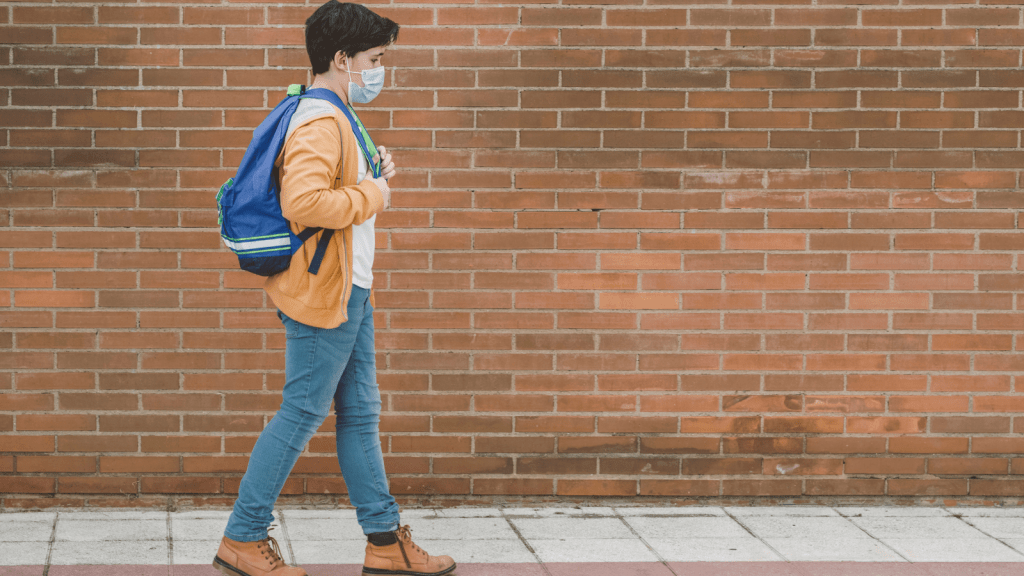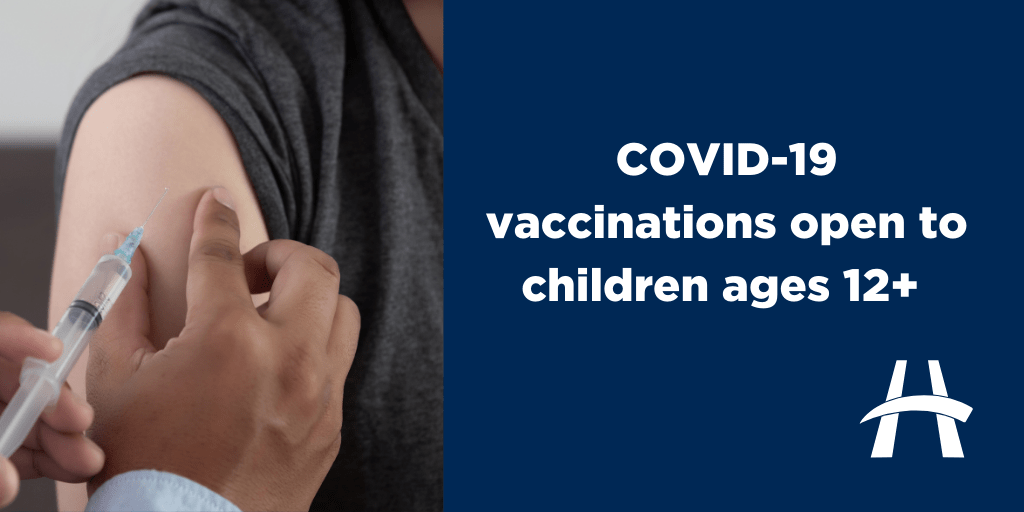
Hamilton residents steer the ship when it comes to COVID’s community cases
Is Hamilton about to get swamped by the pandemic’s fourth wave?
That’s up to residents who aren’t yet fully vaccinated, says Dr. Fiona Smaill, a medical microbiologist and infectious diseases physician at Hamilton Health Sciences (HHS).
“The shape of the curve is entirely dependent on us.”
“If we have low vaccination rates and abandon public health measures like masking, our numbers will shoot up. If we can improve vaccination rates, we could flatten the curve.”
Room for improvement
Hamilton has seen an uptake of the COVID-19 vaccine after Ontario announced its plan to introduce vaccine certificates. While the city is making progress, it still has among the worst vaccine coverage in Ontario, with 73 per cent of eligible residents having both shots. Most of the COVID cases province-wide are in the 20-39 age range because their vaccinations rates are still too low.

Dr. Fiona Smaill
“It looks like we need 85 to 90 per cent of people fully vaccinated to get the benefit of herd immunity on the total number of cases,” says Smaill. “Anything less and COVID rates could rise to levels we may not have seen before.”
The vast majority of new cases in Hamilton and across the province – about 99 per cent — are the highly infectious Delta variant. The newest variant, Mu, has been relatively low in Ontario and doesn’t appear to be increasing.
While COVID has been most severe in the elderly and those with comorbidity conditions like heart disease and diabetes, Smaill wonders if obesity could play a role in younger people developing the disease.
“Obesity is a risk factor for more severe diseases that crosses many age categories,” says Smaill. “It’s a more difficult factor to control but may explain some of the more severe cases seen in younger people.”
Is being double-vaxxed a silver bullet?
It’s pretty darn close.
The number of people who have been double vaccinated and still get COVID may sound high, but that’s because so many of us have received both shots.
For those who are fully vaccinated and get COVID, the effects are much less severe. They tend to experience mild or no symptoms, and it’s highly unlikely that they’ll transmit the disease to others who are fully vaccinated.
Findings from the Ontario COVID-19 Science Advisory Table show that the reduction in COVID cases associated with fully-immunized residents is 85 per cent; hospital occupancy reduction among this group is 95 per cent; and prevention of intensive care unit admission is almost 97 per cent.
“These are very convincing numbers to validate the importance of vaccination.”
Children and COVID
There is no vaccine yet for children under the age of 12, so the best way to protect them is through high vaccination rates among those who are eligible.
“The safety of these children depends on adults in their lives receiving both doses,” says Smaill, who is in favour of in-school learning. “The most important factor in transmission in schools is case count in the community, so we have a responsibility as citizens to keep community cases down by getting vaccinated and following public health measures.”
Medical exemptions
“The truth is, there are very few reasons for medical exemptions,” says Smaill. “We know that it’s safe for those who are pregnant to get the vaccine.” Some people have expressed concern that vaccines are licensed in Canada under emergency use, but this won’t earn an exemption.
“This fourth wave is an infection of the unvaccinated,” adds Smaill. “They’re steering the ship when it comes to everything from protecting children to avoiding surgical delays and keeping people out of emergency departments, COVID units and intensive care units.”


